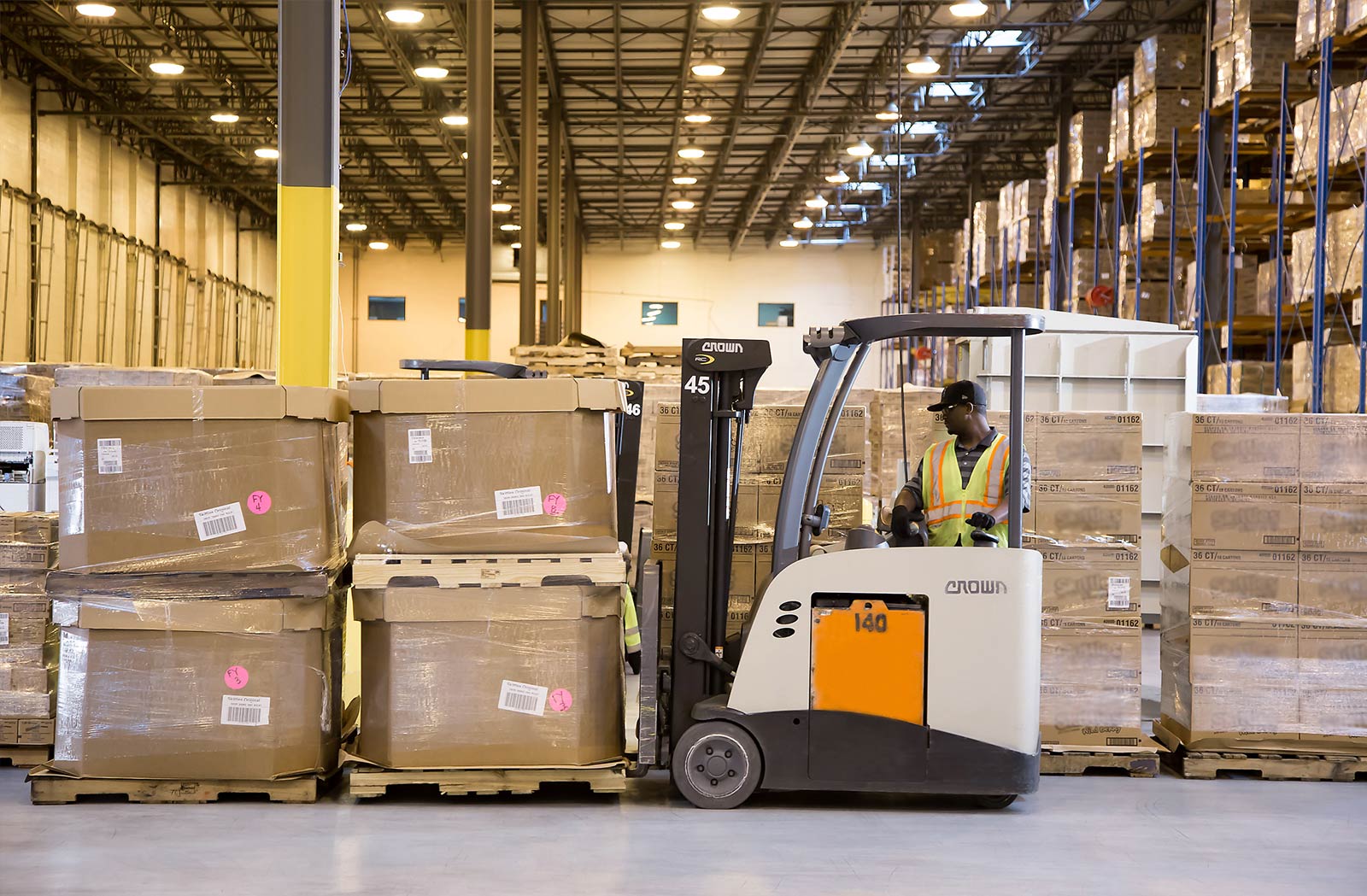Warehouse Activity in Japan: How Conditions and Schedules Compare
Warehouses in Japan operate with high efficiency, but the rhythm of the work depends on the sector and region. Temperature control, night shifts, and multi-language workflows are just a few factors that shape the daily experience. Food handling and fragile-item storage are also common.

Types of Warehouse Operations Across Japan
Japanese warehouses generally fall into several distinct categories based on their primary functions. Distribution centers primarily handle rapid turnover of consumer goods, while long-term storage facilities maintain inventory for manufacturers and retailers. Port-adjacent warehouses in major cities like Yokohama and Kobe focus on import/export operations, while inland facilities often serve domestic supply chains.
Climate Control Requirements and Regional Variations
Climate-controlled environments are essential in Japan’s varying weather conditions. Hokkaido’s warehouses require robust heating systems for winter operations, while facilities in humid regions like Kyushu need sophisticated moisture control. Temperature-sensitive goods storage typically maintains specific ranges:
-
Frozen goods: -18°C to -25°C
-
Chilled products: 2°C to 8°C
-
Ambient storage: 15°C to 25°C
Shift Systems and Worker Schedules
Japanese warehouses typically operate on a rotating shift system that accommodates both domestic and international logistics needs:
-
Day shift: 8:00 - 17:00
-
Evening shift: 16:00 - 01:00
-
Night shift: 00:00 - 09:00
Logistics vs Storage Responsibilities
Warehouse roles in Japan are typically divided between logistics handling and storage management:
| Role Type | Primary Responsibilities | Required Skills |
|---|---|---|
| Logistics Handler | Loading/unloading, order picking | Physical stamina, equipment operation |
| Storage Manager | Inventory control, space optimization | Organization, computer literacy |
| Quality Control | Product inspection, compliance | Attention to detail, documentation |
Regional Differences in Warehouse Operations
Warehouse activities vary significantly by region:
-
Tokyo/Yokohama: High-speed distribution, automated systems
-
Osaka/Kobe: Import/export focus, container handling
-
Rural areas: Agricultural product storage, seasonal operations
Typical Compensation Structure:
Entry-level warehouse positions typically offer compensation based on experience and location. Compensation can vary significantly between urban and rural areas, with additional allowances for specialized skills or certifications.
Note: Compensation details mentioned are general industry benchmarks and may vary by employer, location, and market conditions. Individual research and direct employer contact are recommended for specific salary information.
The Japanese warehouse sector continues to evolve with technological advancement while maintaining its characteristic efficiency and precision. Regional variations and specific industry requirements shape the daily operations, creating diverse working environments across the country.
Note: Employment terms, conditions, and compensation can vary significantly between companies and regions. This information is for general reference only and should not be considered as specific job offerings or guaranteed terms of employment.




